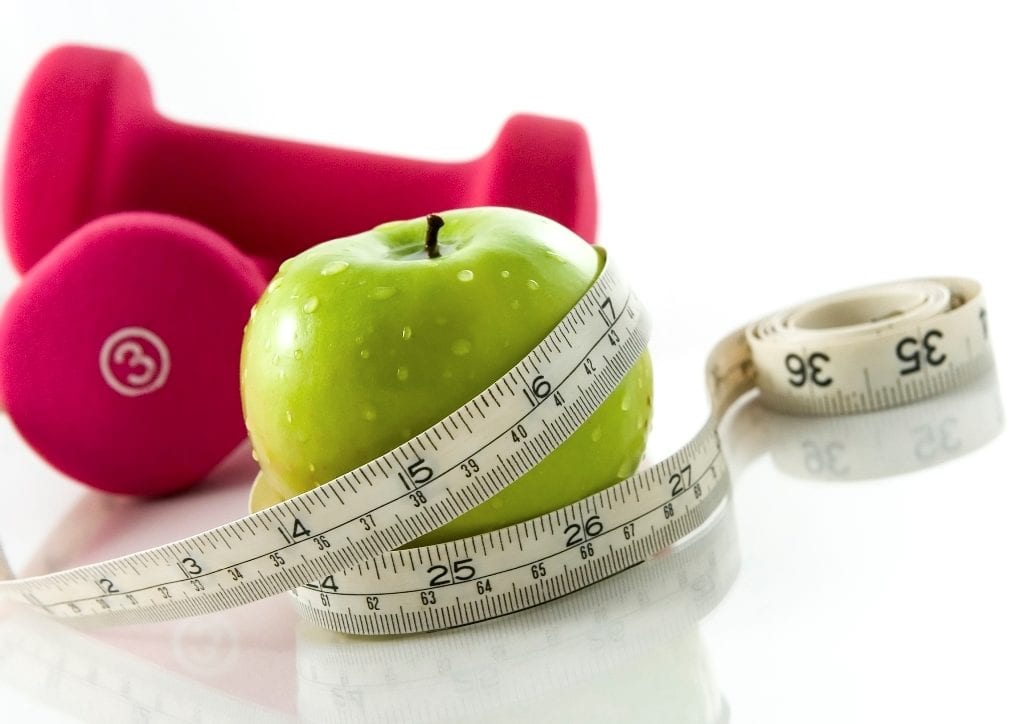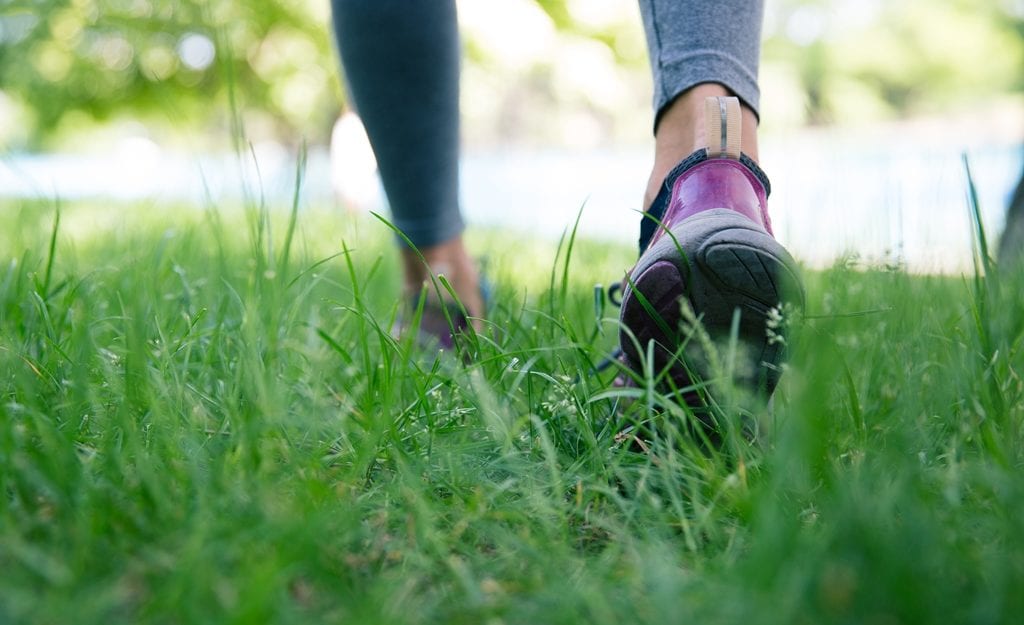“Wha’ sweeten goat mout does bun ‘e tail”
This ‘Bajan’ proverb truly captures the story of diabetes in Barbados and its impact on our growing population.
With sugary treats, and fried and fatty foods becoming a staple of the Barbadian diet, these poor eating habits, coupled with increased stress and an inactive lifestyle, have contributed to a startling increase in the incidence of Chronic Non-Communicable Diseases (CNCDs).
CNCDs account for some 80 per cent of deaths in Barbados and a quarter of adult Barbadians are living with such diseases. Out of that figure, more than 17 per cent of Barbadians over 40 are living with diabetes, with Government spending in excess of BDS $75 million a year on diabetic care. The complications of diabetes most prevalent in Barbados are diabetic foot, blindness and kidney disease.
On average, it costs BDS$5, 000 per month to treat one dialysis patient at the Queen Elizabeth Hospital while over 190 diabetes-related amputations are performed at the hospital each year. The good news is that type 2 diabetes is preventable and if you’re already diabetic, the disease can be controlled but close attention must be paid to diet and lifestyle. Speak to your physician to develop a health programme which is best suited for you.
What is Diabetes?
Diabetes is a condition in which sugar (glucose) in the blood is too high. With type 1 diabetes, the pancreas produces little or no insulin. With type 2, the cells do not respond to insulin as they should. Type 2 is linked to poor lifestyle choices, genetics and obesity.
What is pre-diabetes?
Pre-diabetes is a condition when blood sugar is higher than normal but not high enough to be diagnosed as diabetes. Although not everyone who has pre-diabetes will develop diabetes, a lot of them will. Without lifestyle changes, it is estimated that pre-diabetes will likely become type 2 diabetes in 10 years or less.
Who is at risk for Type 2 Diabetes?
You can develop type 2 diabetes at any age. However, some people are at a higher risk for developing the disease. These include persons over 40 years old; those with a family history of diabetes; if you are overweight or obese; if you eat improperly or are inactive; women with gestational diabetes (a history of diabetes during pregnancy) or if you are a member of certain ethic groups including those of African or Hispanic descent.
What are the symptoms?
- Frequently tired & for no apparent reason
- Always hungry
- Unusually thirsty
- Frequent urination
- Sudden weight loss
- Blurry vision
- Sexual problems such as erectile dysfunction
- Vaginal/yeast infections
- Numb or tingling hands or feet
- Wounds or sores that won’t heal or heal very slowly
The HbA1c Test
The HbA1c test, also known as the haemoglobin A1c or glycated haemoglobin test, is a blood test which shows your average blood sugar level over the past 2-3 months. It is one of the main ways in which type 2 diabetes is diagnosed.
If the test returns a reading of 6.0–6.4 per cent, that is an indication of pre-diabetes. You should work with your physician to make the necessary lifestyle changes which could reduce the risk of developing type 2 diabetes.
Monitoring your blood sugar levels
You can use a blood sugar meter to monitor your blood sugar levels. Regular self-monitoring will help you to better understand the increase and decrease in your blood sugar. You should also test as often as you can. The more you test your blood sugar, the better your chances of recognising trends in your levels at different times of the day.
Try to also take readings at different times of the day, for example, take a pre-breakfast reading, then 2 hours after your lunch and another before supper.
You should also test before and after exercising and when you are sick. If you are taking insulin, you should test before each insulin dose. A fasting blood sugar level for a normal adult is less than 5.6. For a pre-diabetic, it ranges from 5.6 to 6.9 and for the diabetic it’s 7 or more.
 Preventing Type 2 Diabetes
Preventing Type 2 Diabetes
Type 2 diabetes can be prevented or controlled through healthy lifestyle choices. These include:
- Controlling your blood pressure
- Cutting down on your alcohol intake
- If you smoke, quit immediately
- Exercising daily
- Proper nutrition – control your portion sizes
- Medication- oral/insulin
- Monitoring your blood sugar levels
Tips for a healthier you – Your Diet
Pay close attention to your diet. Knowing how much to eat is as important as what you eat. A simple way to identify the correct serving sizes or control your portions is to use your hands.
Eat as many vegetables as you can hold with both hands; choose your starches such as potatoes and rice by the size of a clenched fist; for meat and fish choose an amount the size of your palm; a clenched fist can also be used to estimate the size of your fruit and finally, limit the amount of fat you use to the size of your thumb.
Another way to ensure healthy eating is to use the Plate Method. Fill half of your plate with vegetables of at least two varieties; fill a quarter of your plate with staples, i.e. Whole wheat bread, rice, potatoes; and fill the last quarter of your plate with proteins (legumes or food from animals). On the side add 1 serving of dairy products, i.e. milk or yogurt and finish off the meal with 1 serving of fruit.
In addition, limit sweet foods such as pastries, juice, pop drinks and other sweetened beverages and eat more high-fibre foods such as fruits, vegetables, whole grain bread and pasta, high-fibre cereals, peas, beans and lentils. It is also important to limit foods high in fat including bacon, butter and fried foods such as chips, lard, and high fat cheeses.
Limit your salt intake by eating less ketchup, mustard, ready to serve packaged food, tin soups, salty crackers, chips, commercial salad dressings and the use of stock cubes. Eat at least three meals per day and it is vital that you do not skip meals especially breakfast. Space your meals 5-6 hours apart and if you feel hungry in between meals, partake in a healthy snack. Eating regularly will help to control your blood sugar levels.
Read your labels
The key to a good and balanced diet is keeping it fresh, i.e. buying fresh food whenever possible. It is also important when you visit the supermarket or grocery store to read your labels. This helps you to understand the calories, sugar and salt percentage in any given product based on the serving size.
Exercise
Physical activity must become a part of your everyday life if you are to prevent type 2 diabetes. It is suggested that you engage in 30 minutes of physical activity at least 3 to 5 times a week since exercise increases your insulin sensitivity and is a proven way to help lower blood glucose/sugar levels. It should be noted that a weight reduction of 5-10 per cent can reduce the risk of developing type 2 diabetes.
Aerobic exercise including fast walking, running, dancing or swimming will work your lungs and heart. Resistance training such as weight lifting will work your muscle and strengthen your bones. Always set new exercise goals and change the activity occasionally to keep motivated. Whatever exercise you undertake, have fun.
 Diabetic Foot Care
Diabetic Foot Care
It’s especially important to look after your feet if you have diabetes. Each year, over 190 diabetes-related amputations are performed at the Queen Elizabeth Hospital. Here are some to of the foot care rules to live by:
- Do not walk barefooted
- Do not wear shoes that are too tight, too big or rubber-soled or thin-soled
- Wash your feet daily with warm water and dry between your toes carefully
- Apply a small amount of cream to the feet if they are a bit dry but do not use cream between the toes
- Cut toenails with a toenail clip. If your vision is impaired, ask a relative or friend to cut them for you or visit your podiatrist
- Examine your feet daily. Things to look for include cuts, blisters, scratches and discolorations
- All corns and calluses should be treated by a registered podiatrist
- Exercise daily for 20 to 30 minutes. This helps with circulation
Medication – Oral
Eating healthy and exercising regularly are vital to controlling diabetes but you may need more help in lowering your blood sugar with medication.
All oral medications have to be prescribed by your healthcare provider and you must take them as prescribed. Do not decrease, increase or stop your medication before consulting your doctor.
Even if you get sick and find you are not eating properly, do not stop the medication in the belief that it will have nothing to work on. Remember, during sickness and stress your blood sugar tends to go up. It is therefore very important to continue taking your medication.
Medication – Insulin
Taking insulin does not mean you have failed to take care of yourself or that your type 2 diabetes has become worse. It simply means that your body need more help to keep your sugar levels within range.
Most people use a needle or syringe to take their insulin. Others use insulin pens or pumps. Check your blood sugar regularly. This will allow you to see how your insulin is impacting your blood sugar. Talk to your doctor if you feel your insulin dose needs to be changed.
For more information
These are just some of the tips and information on type 2 diabetes. Remember to practise healthy lifestyle choices and speak to your doctor to find out about a health plan that is suited for you.
Further information on type 2 diabetes may be found on the website of the Diabetes Association of Barbados (DAB) www.diabetes.bb .
In addition, please visit the Facebook page of the DAB www.facebook.com/dab1975. Information provided compliments the Diabetes Association of Barbados and the Ministry of Health.
